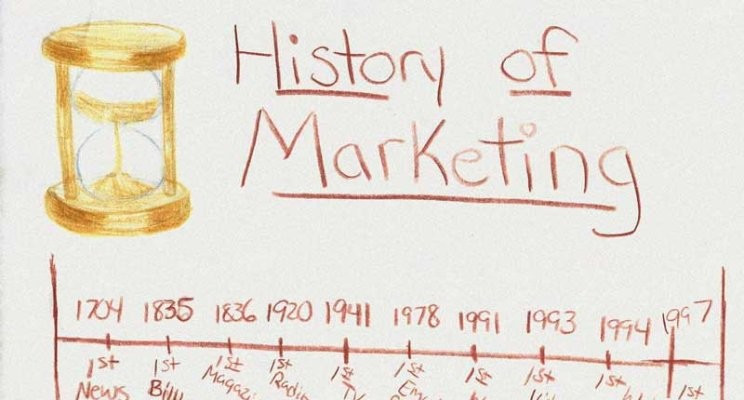
It is the use of historical elements or themes in marketing campaigns to increase attention and enhance emotional attachment to goods or services. It aims to take advantage of interest in history and culture to attract the audience and stimulate their interest.
Characteristics:
- Inspiration from history: It relies on using historical events or figures to attract attention.
- Historical vision: It presents goods or services through a historical angle that enhances their value.
- Rich experience: It provides a marketing experience rich in knowledge and heritage.
Types:
- Historical re-promotion: Using famous historical methods and events to market goods or services.
- Documentary marketing: Presenting goods or services through a documented historical narrative.
- Entertainment marketing: Incorporating historical elements into entertainment experiences or promotional games.
Benefits and advantages:
- Increase attention: It attracts attention through interesting historical topics.
- Enhance emotional attachment: It can enhance emotional attachment to goods or services.
- Provide an educational experience: It provides additional historical information that may interest the audience.
Disadvantages:
- Possibility of misinterpretation: Using historical can lead to misinterpretation or criticism if it is not accurate.
- Polarization: It may attract audiences who are only interested in historical topics, and exclude others.
- Cost: Historical marketing may require a larger budget to provide accurate and engaging content.
Examples:
- Disney: uses historical characters and events in some of its films and products to attract audiences.
- Coca-Cola: has issued advertisements and packaging with commemorative historical designs during special occasions.
- The Louvre Museum: uses historical marketing to showcase its exhibitions through marketing campaigns that highlight historical artifacts.
Historical marketing is a strategy that uses historical elements to increase attention and enhance emotional attachment to goods and services. It provides a rich and exciting experience, but it may face challenges such as misinterpretation and polarization. Through various examples, it is shown how historical marketing can enrich marketing campaigns and attract an audience interested in history and culture.

18/08/2024

26/08/2024

30/08/2024

18/08/2024

26/08/2024

17/08/2024

23/08/2024

01/09/2024

14/08/2024

31/08/2024

26/08/2024

15/08/2024

31/08/2024

17/08/2024

17/08/2024

26/08/2024

26/08/2024

30/08/2024

14/08/2024

30/08/2024